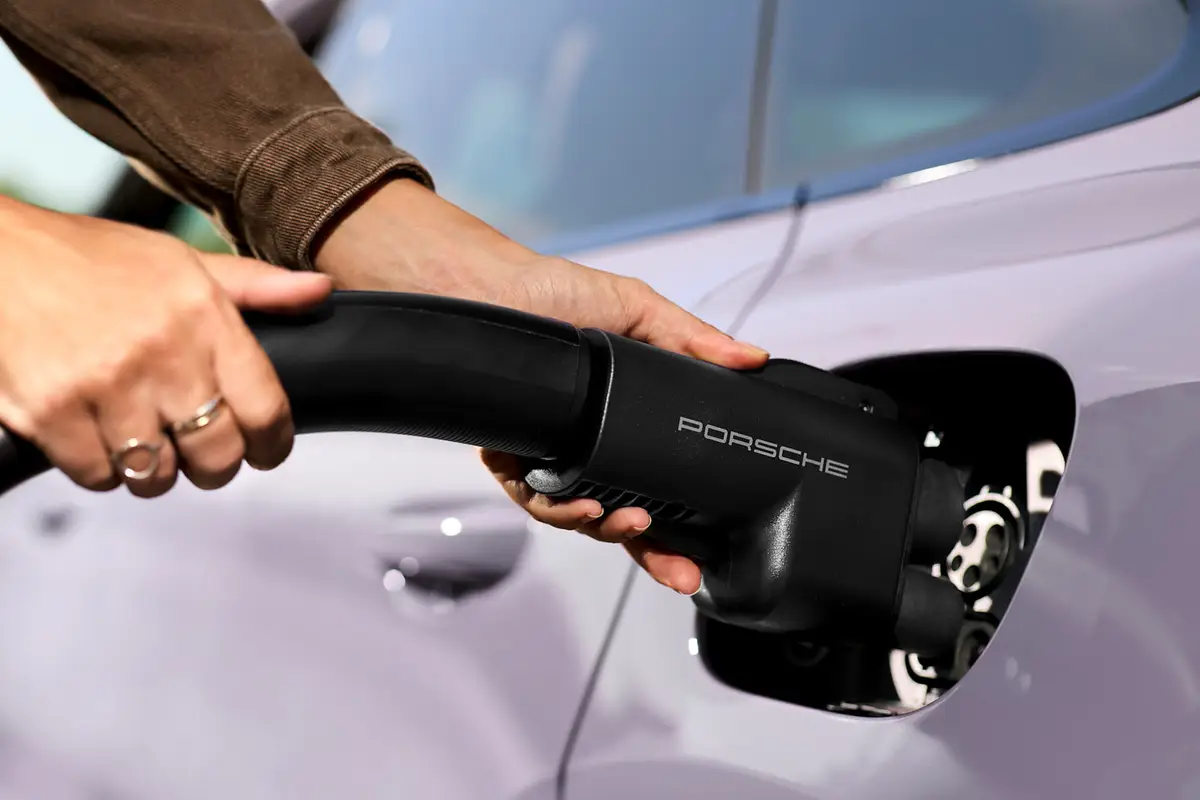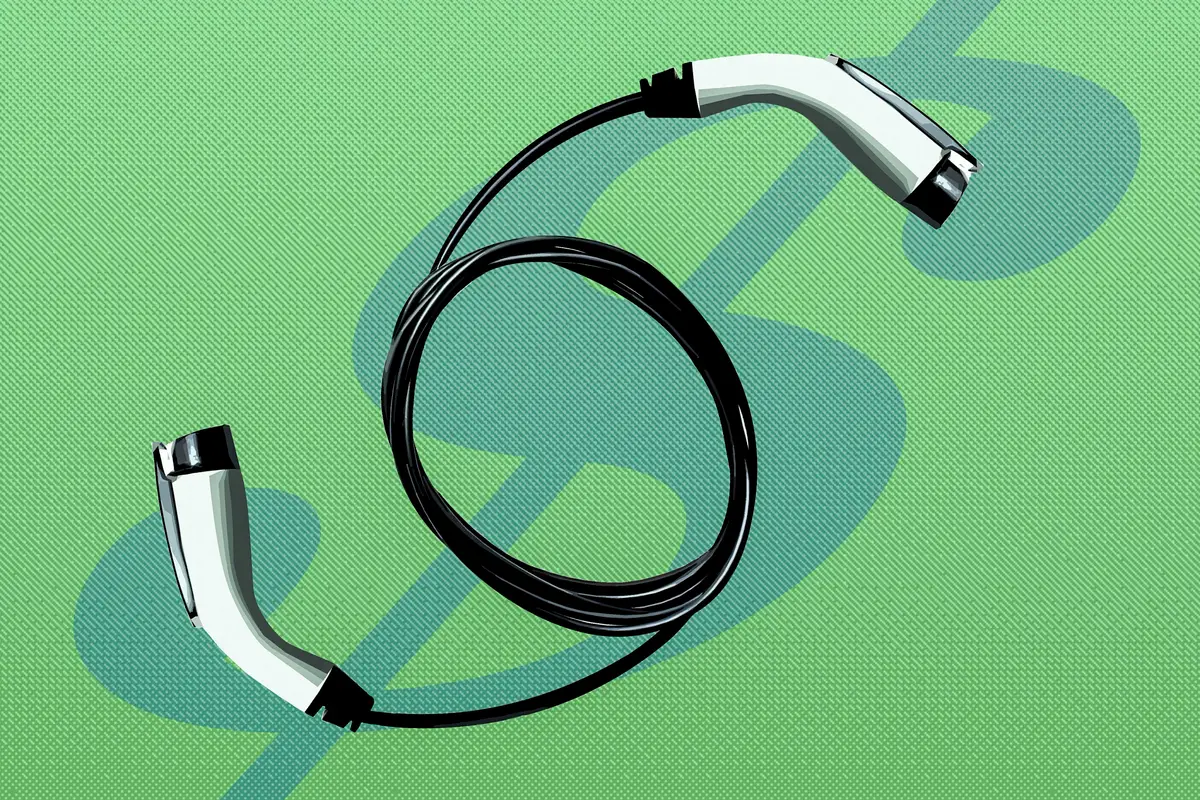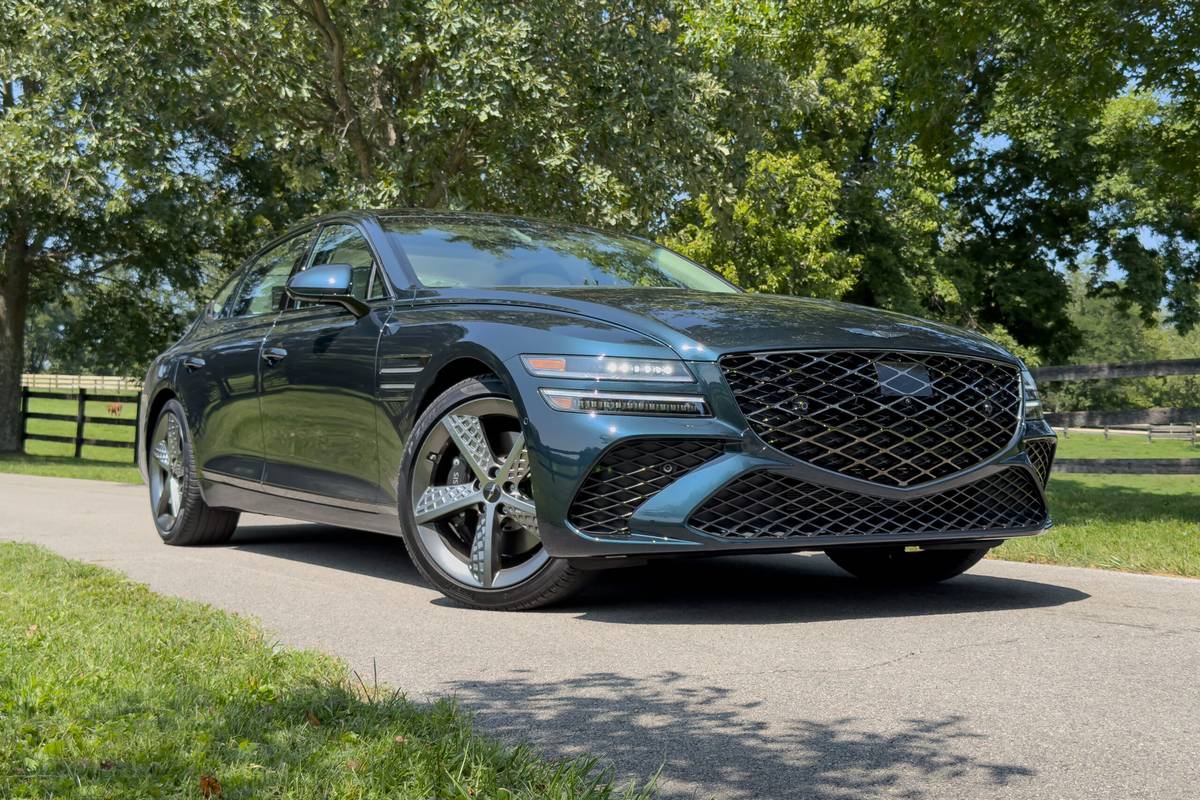AZCentral.com's view
Convertibles opened a whole new constituency for Saab, away from quirkish individualists and into the upper-end mainstream.
The 900 convertible, when it appeared more than a decade ago, may have been a minor player among the gentry, but it was accepted into the country-club scene as no Saab ever had been before.
Saab’s new 9-3 (say: “nine-three”) convertible carries on where the 900 left off, though now it’s on a playing field crowded with imposing sport-utility vehicles. Some other slick convertibles also have been added to the competition, notably Volvo’s new C70 and Mercedes-Benz’s CLK320.
The 9-3 is a very likable car, and it grows on you. The styling, which makes some people wince, is an acquired taste that, once appreciated, looks good from any angle.
As a convertible, it treats driver and passengers to a most-excellent alfresco experience. With the lined and padded top deployed, it feels as snug and secure as any coupe.
But if nothing else, the new Saab has them all beat in the character department. This is a car with personality, a Saabish quality best understood by fans of the cars from Trollhatten (Sweden), but unmistakable to anyone who drives them.
Saabishness has been enhanced for the 9-3 and its big brother, the 9-5, drawing on some of the design lessons of past Saabs – particularly the 99 model of the ’70s. Though now owned by General Motors, the new Saabs exude the distinctive look and feel of a half century of being Saabish.
Saab has a different way of doing things, the most obvious being the famed ignition-key-in-the-floor feature, in which the key goes straight down between the seats.
Saabs also drive differently, cornering with a relaxed body sway while sticking dead-on in the curves, and accelerating with an explosive rush of a smooth turbocharged four-cylinder engine.
The engine can be noisy, though, and for some buyers of premium cars, a four-cylinder is just not enough for an upscale ride. The standard engine, as fitted in our test car, produces 185 horsepower, and a new high-output version ups the ante to 200 horses.
The body structure is stiff and secure, with only a touch of the shimmy so endemic to topless cars. The suspension is responsive but soft, perhaps too soft for driving enthusiasts.
The feel of the interior is solid and upscale, yet just a tad offbeat in the way things are shaped and textured. Saab also produces jet fighters and other aircraft, and its aeronautical roots are evident in the interiors of all its cars.
In usual Saab fashion, the seats are highly comfortable, and the fronts boast an integral fan-forced ventilation system to draw heat and moisture away from seated beings.
What often happens when you turn a coupe into a convertible is a significant loss of rear-seat and trunk space. The Saab is no exception. The rear seat is usable, but tight.
Saab was one of the pioneers of automobile safety systems (as well as an early proponent of fron t-wheel drive and turbocharging), and safety features are prevalent throughout.
The bottom line on the 9-3 convertible is high but not outlandish, especially considering the amount of style and character that it radiates. That and its distinctive driveability, at least after you’ve let Saabishness become part of your vocabulary.
1999 Saab 9-3
Vehicle type Four-passenger, two-door convertible, front-wheel drive. Base price $41,500. Price as tested $42,650. Engine 2-liter in-line four, turbocharged, 185 horsepower at 5,500 rpm, 194 pound-feet of torque at 2,100 rpm. Transmission Five-speed manual. Curb weight 3,180 pounds. Wheelbase 102.6 inches. EPA fuel economy 21 city, 27 highway. Highs Distinctive style. Engine power. Saabishness. Lows Engine noise. Tight rear seat. Too softly sprung.
Latest news



